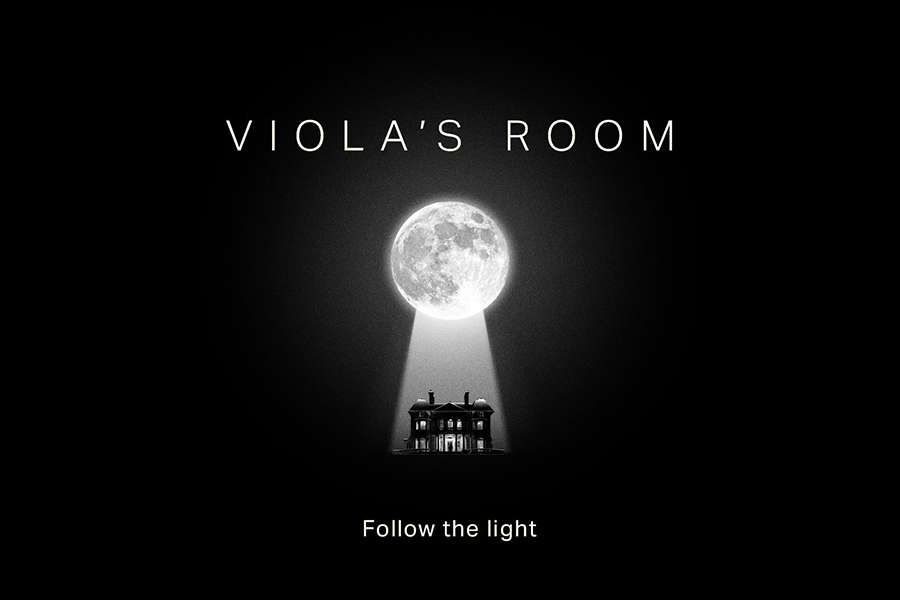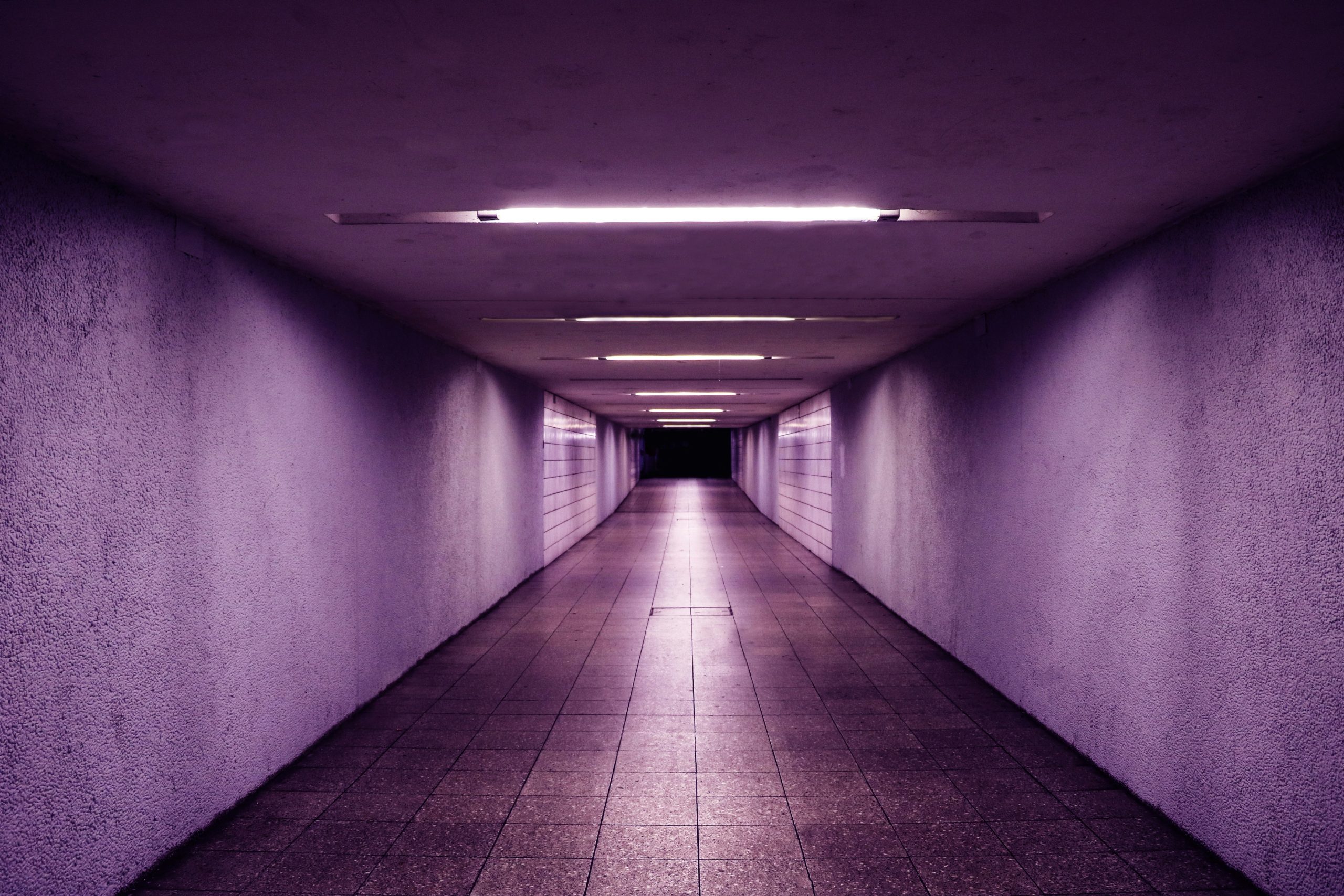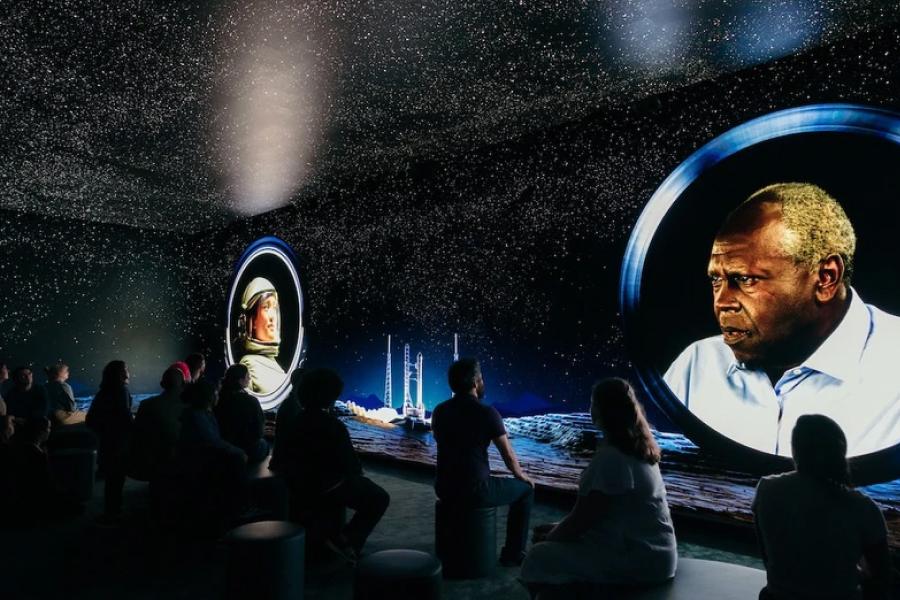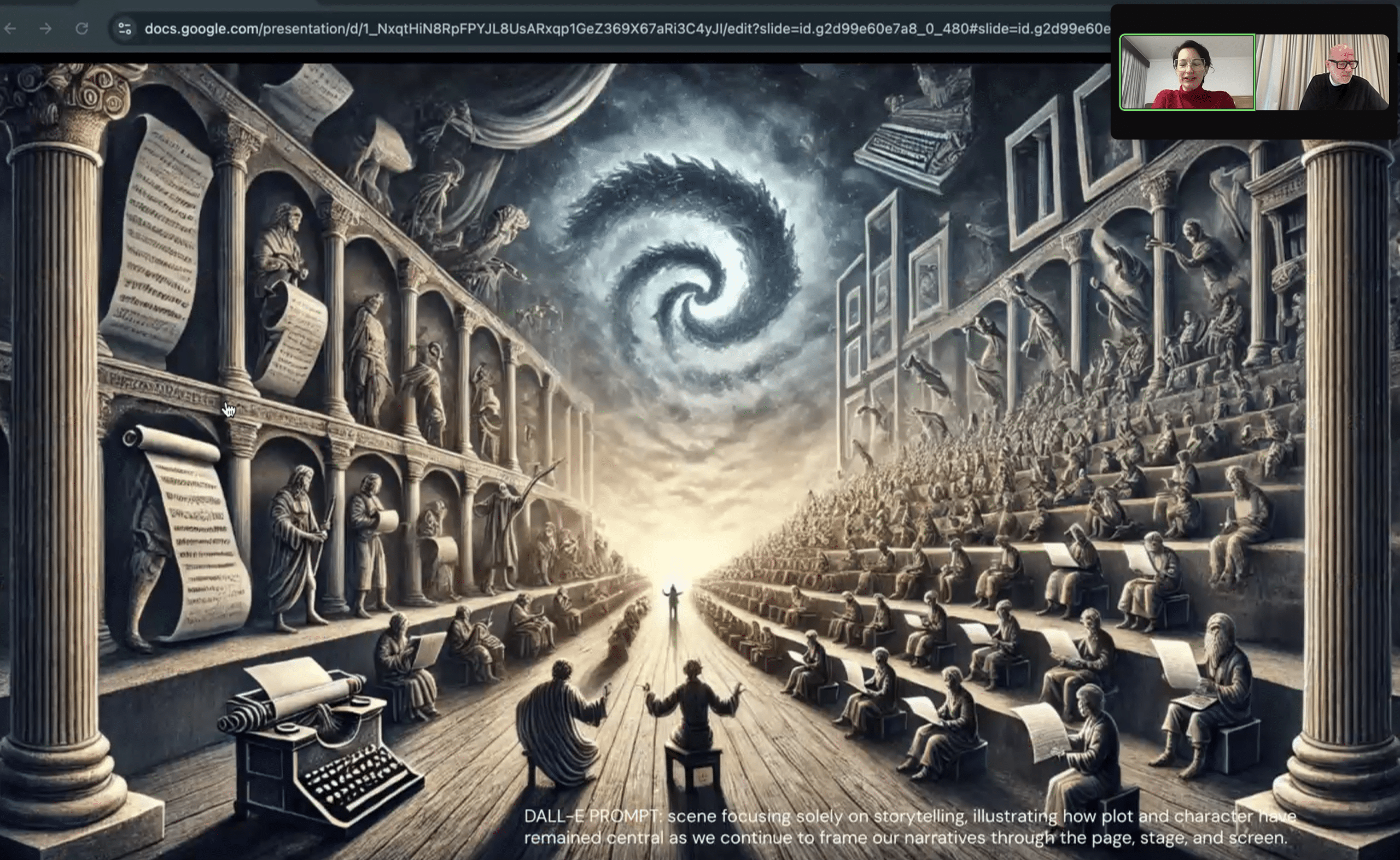How do you transition people between different phases of the same experience?
This is the question WXO Member Monica Matei recently posted in our community platform, the World Experience Circle, where all the best discussions start (see Is There A Timeframe For Transformation?, the result of a former question posed by Jasmin Jodry.
Matei explained how in a current experience she’d designed, there’s an intimate scene where people are sitting in the basement of a mansion sharing vulnerable moments in the candlelight. In some ways, it’s the peak of the experience. But in moving to the next scene – a wine cellar with a speakeasy vibe and bartender who tells a story – Matei felt that the transition moment was too rushed, not giving participants enough time to recalibrate.
“How can I make people feel fully present in the second scene, and also make sure they get proper closure from the sharing circle?” – Monica Matei
We’ve talked a lot about how to help people cross the threshold into an experience, as well as how they return to the real world – but there’s less focus on how to move them through the liminal moments that pepper any experience.
So for this WXO Campfire, we decided to extend the conversation and invite our members to help us co-create an answer to Matei’s challenge of how to “cleanse the palate” between spaces, stages or scenes. Here’s some of the crowdsourced wisdom we collected.
Create Rituals To Help People Move On
It’s a challenge to ask people to process a lot of emotion in a short time, particularly if the shift is from a deep, reflective mindset where they are being vulnerable and sharing in a group, to a more playful situation.
As neuroscientist Paul Zak points out in his work on immersion and flow and specifically the importance of staging, you need to give them the “neural bandwidth” to pay attention to your experience:
“You want to build anticipation so they have an expectation of what’s going to happen, then create a moment of safety when they come in. Pre-event, perhaps drop some breadcrumbs to misdirect them, so they know something is going to happen but aren’t sure what. We also like something that’s new, but not too new – if I’m going to Jupiter I won’t have a point of reference, but I could infer some information from watching videos of the Moon, for example.” – Paul Zak
Some potential ways of doing this might be:
- Have a guide move them from one moment to the next. This could be someone to start small talk with them, or a more personalised reflection. It could have someone greeting them in the next space. It could even be a holographic booth with a digital avatar if live actors are a challenge.
- Create a peak moment or collective action to signal the transition. This could be unlocking a safe and lining up to place something inside, or whatever feels thematically correct for the experience.
- Design a “totem” object to signal that you’re ready to move on. This could be done individually, for example, writing a message on a stone and leaving it in a pile of stones as they exit, or collectively, for example being given a stamp or new object as they enter a new room.
Let People Control Their Experience Through Space & Pace
Rather than forcing people to move through an experience at our desired pace, by giving them agency and ownership over their own experience we can combat feelings of being rushed or not ready.
“You need to design for different speeds of people. Those who want to take their time, those who want to pass on quickly… it’s like an accordion.” – Annabelle Fiset
Just like the “three speeds of retail” take into account those who want to get in and out quickly, those who want to browse, and those who want the full experience, there are multiple speeds of experience for different consumers – the “skimmers, swimmers, divers (and mermaids)”, as they’re called by Mike Monello and Julian Rad.
To manage this, you might:
- Control movement through the size of the rooms. The throughput will be remarkably similar, but people will leave feeling a deeper sense of immersion. According to Goc O’Callaghan, it can also help with crowd flow and make an experience less linear. The number of touchpoints within each room can be increased or decreased to allow for longer or shorter discovery times. The size of the spaces can drive the natural flow, so find ways to work with rather than against this if you don’t have the flexibility over your space.
- Make people walk for longer. Physical activity and distance allows people to digest and process the emotions they’re experiencing. This could be through returning through the same spaces, creating a maze, or adding external/outdoor sections. Andrew McGuinness talks about the importance of large spaces and walking to increase the sense of a literal and emotional journey.
Play With The Senses To Create Liminal Moments

Liminal design is just as important as the main experience design, but what we focus on is the main experience, and not the connective tissue in between. If you don’t have the freedom to alter the dimensions of the physical space to build in an arc of anticipation, participation and reflection, you can use sensory design to control people’s natural responses.
This could mean playing with:
- Light. In Punchdrunk’s latest experimental production, Viola’s Room, as well as a narration through headphones participants are told to “follow the light”. As well as controlling the flow of the experience and guiding guests, it’s also our natural inclination to move towards the light.
- Temperature & Touch. Darius Cheong suggests a fog curtain or water mist between spaces to metaphorically “cleanse” guests and slow them down before they enter the next scene. If the space allows, the sound of flowing water or light trails could add to this – see artist Olafur Eliasson’s installations that play with immaterial and natural elements like light, air, and water.
- Sound. Ramsay Wood says that you could use “stems” – parts extracted from music – to create a motif to lead between scenes. You could also use something as simple as the crackle of a record to set the tone as a scene ends.
- A mix of as many senses as possible. In Transforming Spaces With Minimal Magic, Frances Vieras Blanc outlines how you might guide participants through transitions in your experience by using light, scent, movement, gesture, colour, and even food and drink.
The WXO Take-Out
It’s important to give people space to reflect on your experience not only at the end, but at significant moments throughout. This is why designing for liminal moments and spaces is so crucial.
But it’s also challenging, as the amount of space or the cues people might respond to depend on the speed they like to move at, whether they’re a skimmer, swimmer or diver, the baggage they bring with them, and so on. It’s an accordion – and like an accordion, mastery is both the challenge and the fun!
“The most important element, I would say, is to keep whatever you design true to your theme, in service of the transition through which you want to guide your participants.” – Frances Vieras Blanc
So next time you’re designing an experience, ask yourself:
- What ritual, totem, or prop might you use to signify a transition moment?
- How might you play with the physical space or pace to determine the movement through it? Could you grant agency over this to the participant?
- How might you play with the senses to create liminal moments?
Want to come to live Campfires and join fellow expert experience creators from 39+ different countries as we lead the Experience Revolution forward? Apply to join the WXO today.





